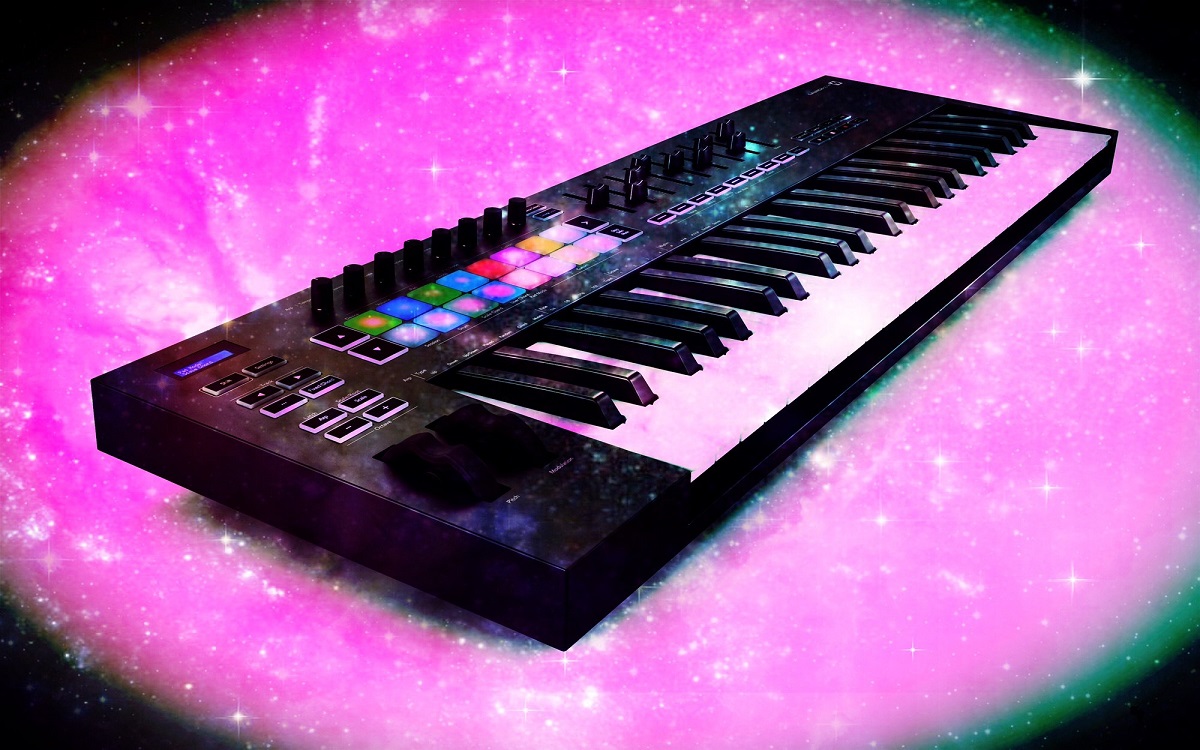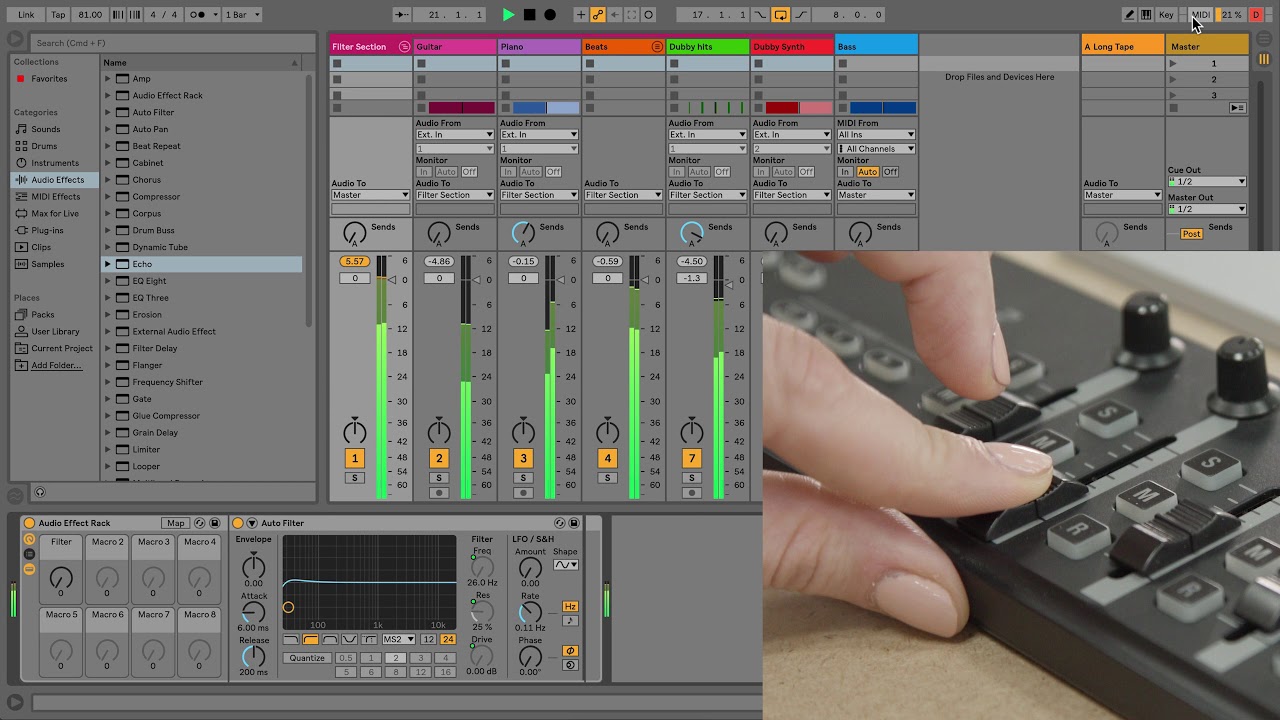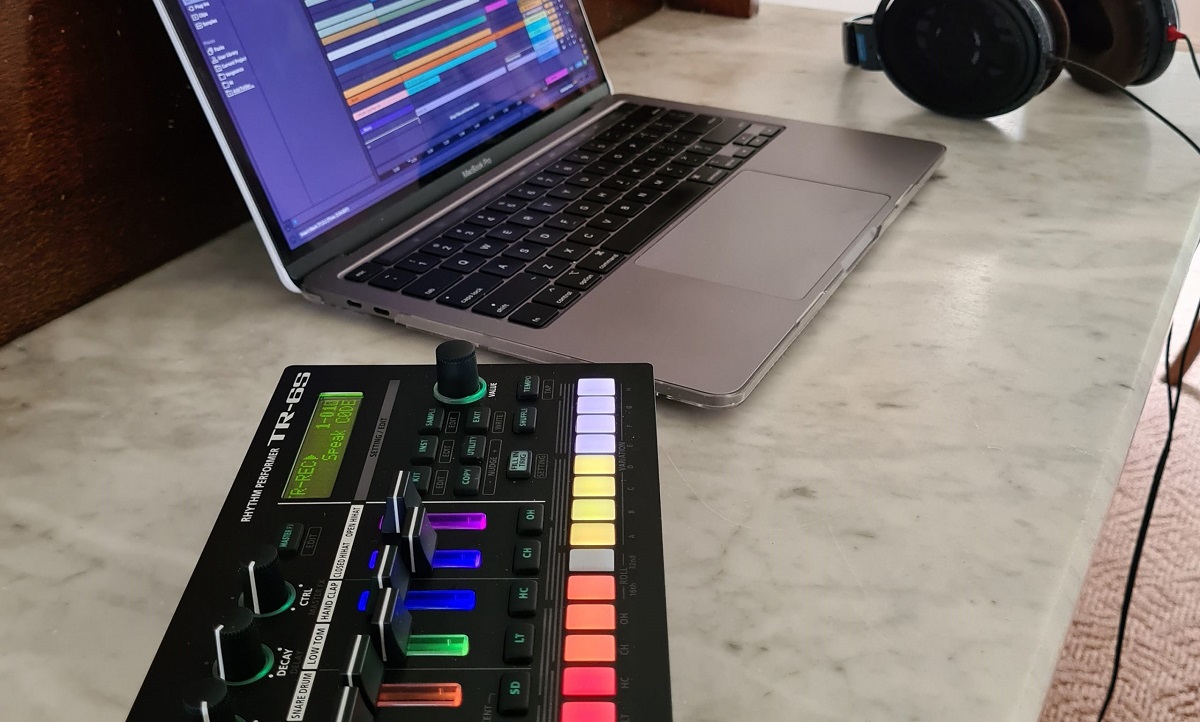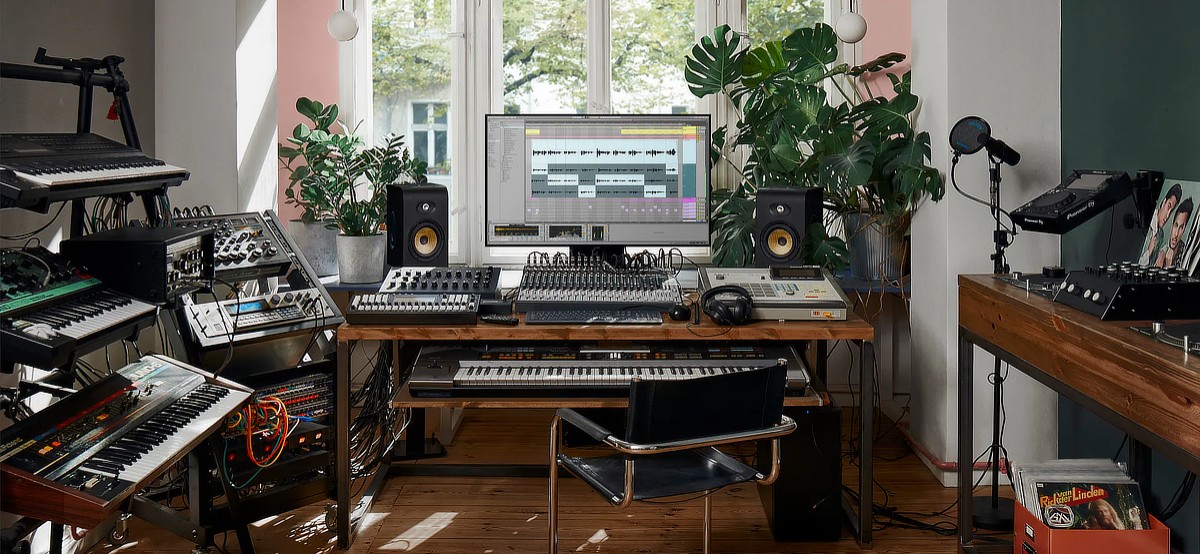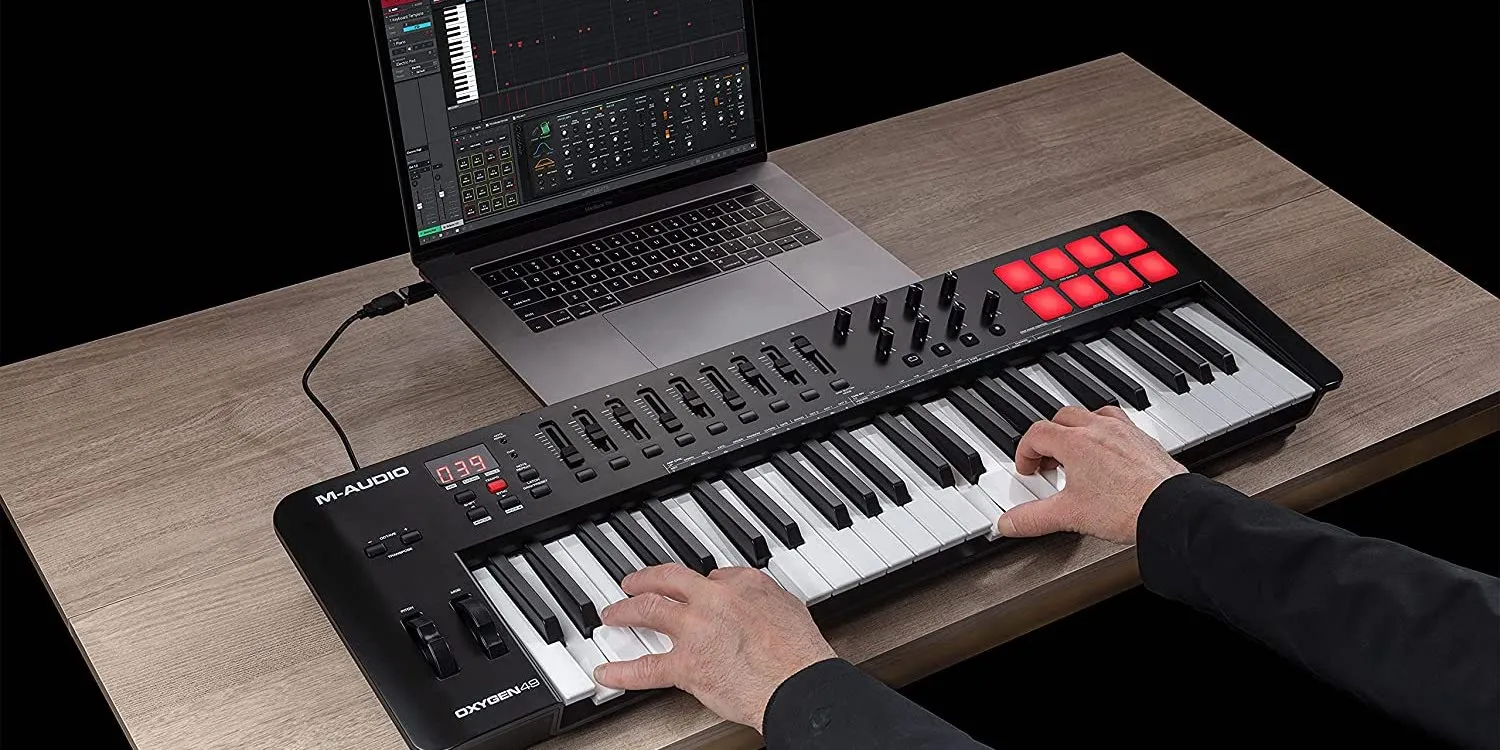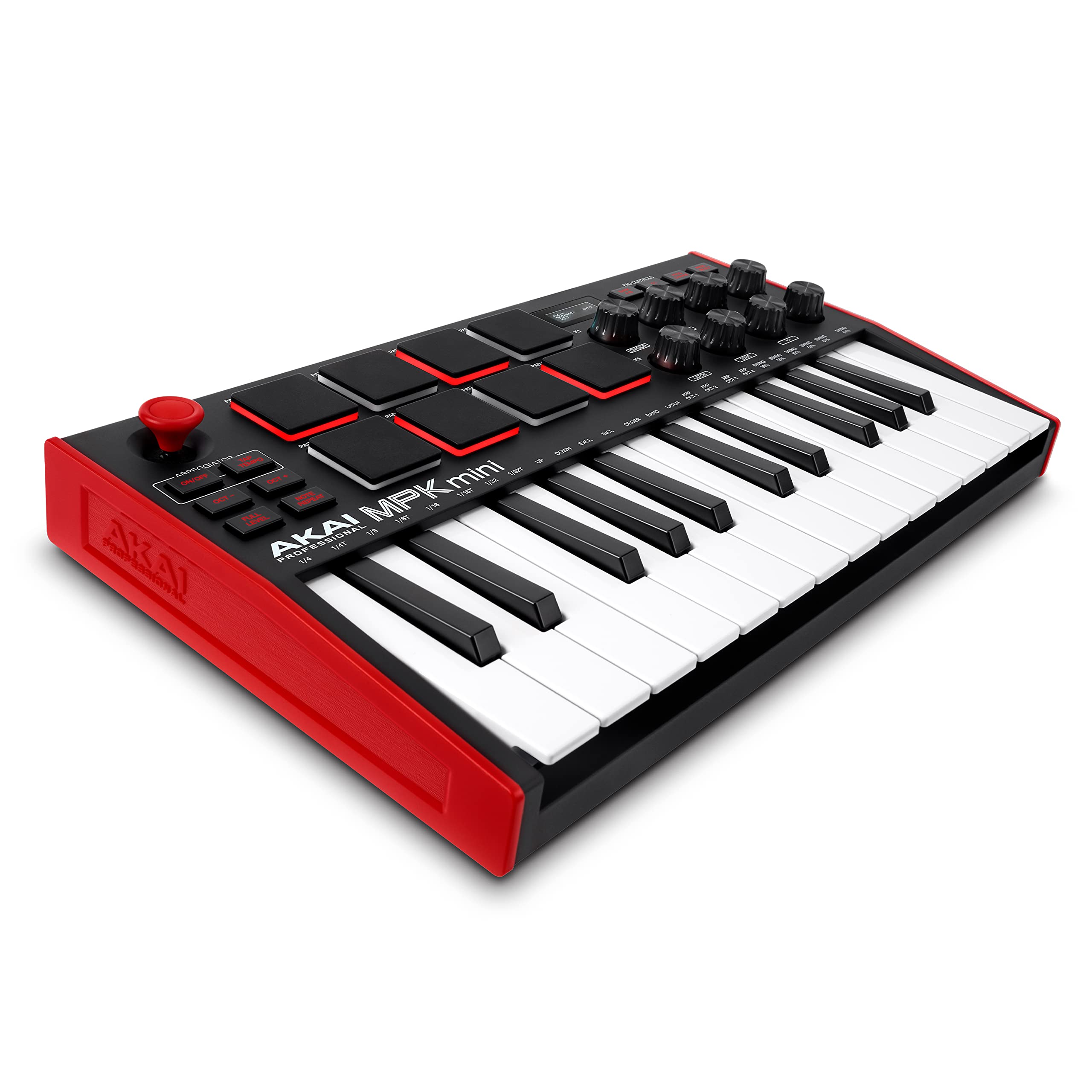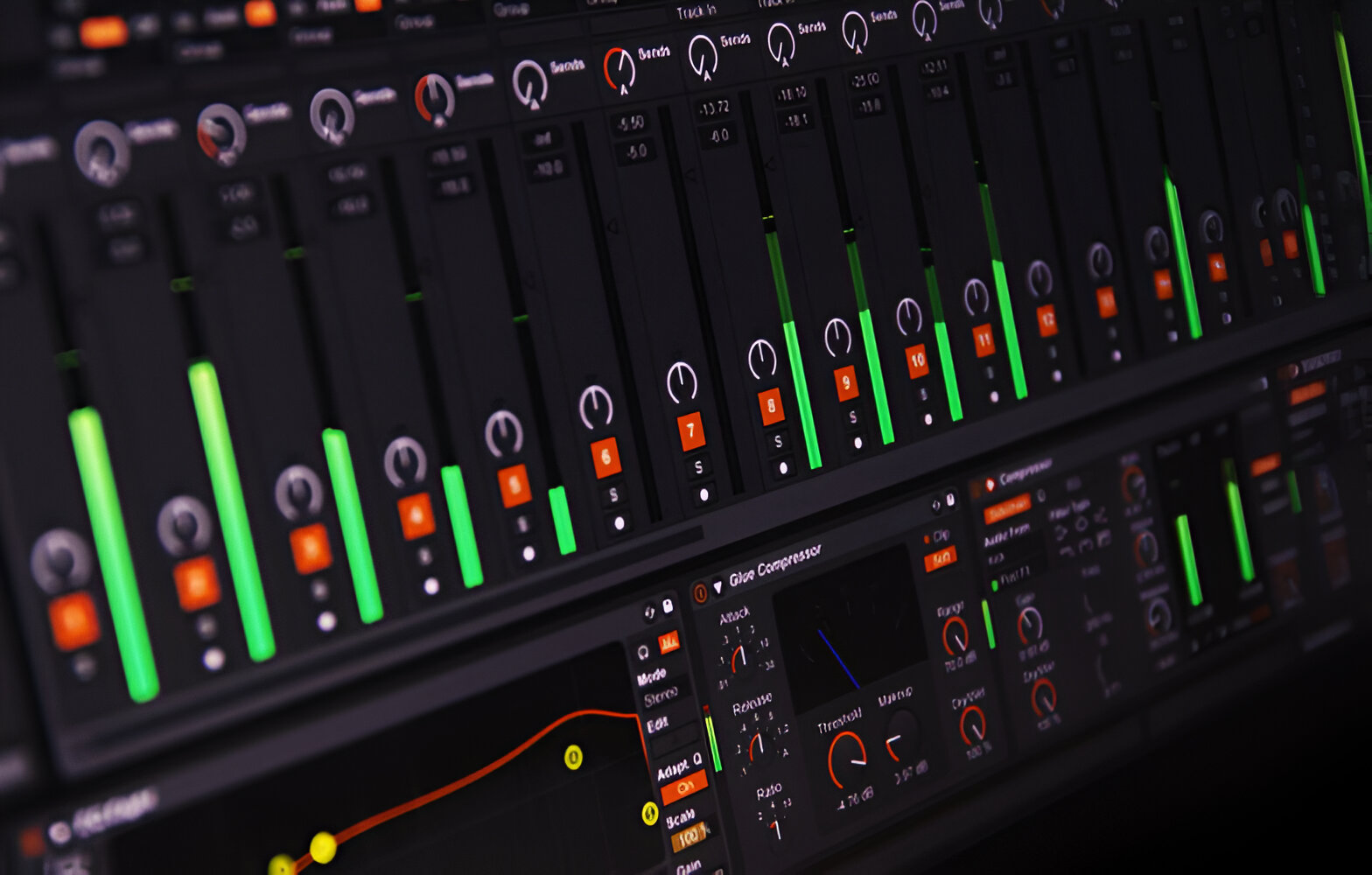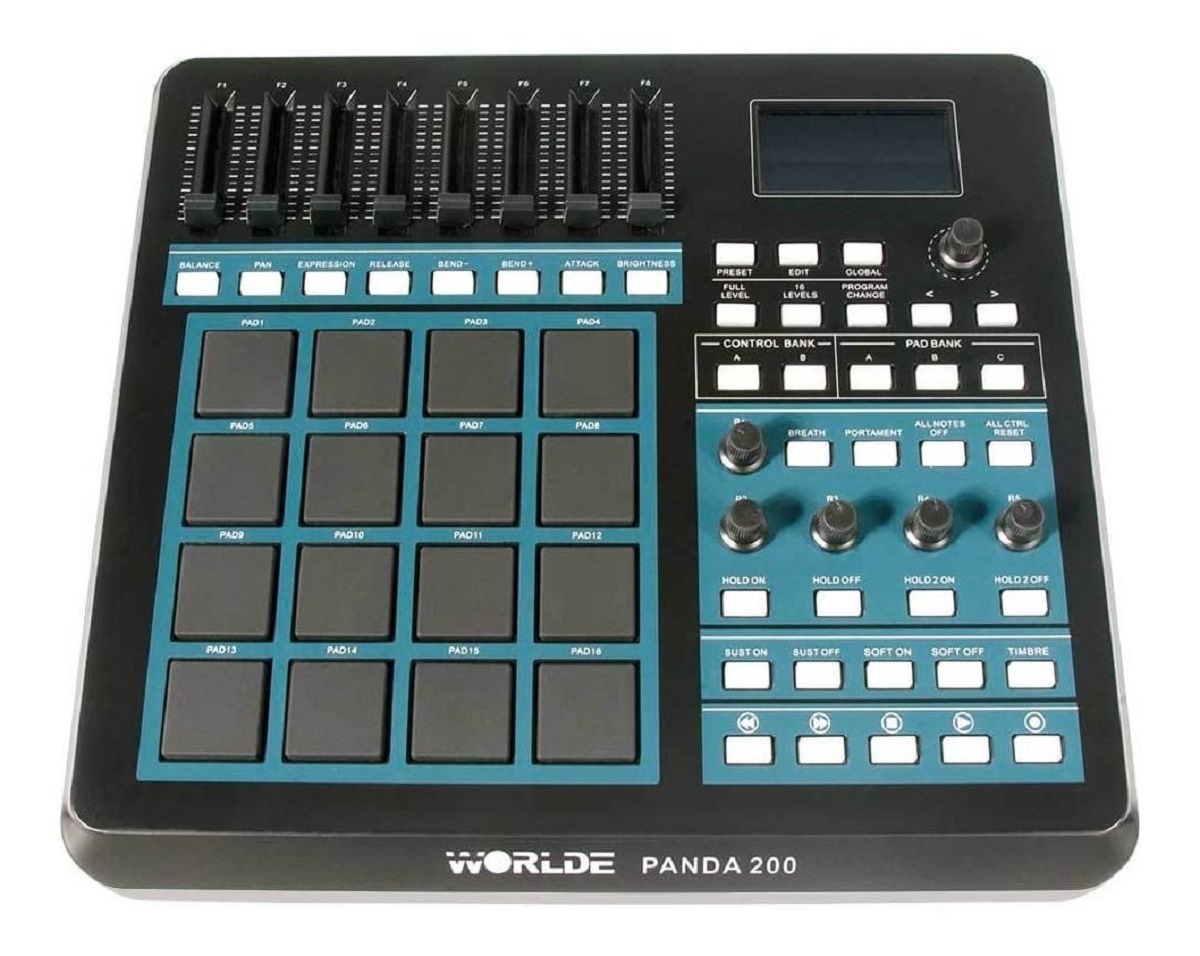Introduction
Welcome to the world of music production! If you're an aspiring musician or a seasoned producer, you've likely encountered the term "sampling" in the realm of digital music creation. Sampling is an art form that allows you to extract snippets of sound from existing recordings and integrate them into your own compositions. In this comprehensive guide, we'll delve into the fascinating process of sampling within Ableton Live and transforming those samples into playable MIDI instruments using a MIDI keyboard.
Sampling in Ableton Live opens up a world of creative possibilities, enabling you to breathe new life into existing audio recordings or experiment with entirely new sonic landscapes. Whether you're looking to incorporate a classic drum break, extract a catchy vocal hook, or manipulate ambient textures, the sampling capabilities of Ableton Live empower you to sculpt and reimagine sounds in innovative ways.
By harnessing the power of MIDI, you can take your sampled audio and transform it into a dynamic, playable instrument. This transformation allows you to manipulate pitch, duration, and timbre, providing a level of control and expression that goes beyond the original audio sample. With the integration of a MIDI keyboard, you can unleash your creativity and perform your sampled creations with the touch and feel of a traditional instrument.
Throughout this guide, we'll navigate the process of setting up a sample, converting it to MIDI, and mapping it to a MIDI keyboard within Ableton Live. Whether you're a novice seeking to expand your musical toolkit or a seasoned producer looking to refine your sampling techniques, this tutorial will equip you with the knowledge and skills to elevate your music production endeavors. So, let's embark on this sonic adventure and unlock the boundless potential of sampling and MIDI integration in Ableton Live.
Setting up the Sample
Before diving into the intricacies of MIDI integration, the initial step in the sampling process is setting up the audio sample within Ableton Live. Whether you have a specific audio clip in mind or you’re exploring the vast landscape of sample libraries, the first task is to import the desired audio into Ableton Live’s session view.
To import an audio sample, simply drag and drop the audio file from your file explorer directly into Ableton Live’s session view. Once the audio clip is imported, you can further refine its placement and duration within the session view by adjusting the clip’s start and end points. This allows for precise control over which segment of the audio will be utilized for sampling.
Next, consider applying any necessary audio processing to the sample to achieve the desired sonic character. Ableton Live offers a plethora of built-in audio effects such as EQ, compression, and reverb, allowing you to sculpt the tonal and textural qualities of the sample. Experimenting with effects can transform a mundane audio clip into a captivating and unique sonic element.
Furthermore, Ableton Live’s warping capabilities provide the flexibility to adjust the tempo and timing of the sample, ensuring that it seamlessly aligns with your project’s tempo or rhythm. This feature is particularly useful when working with samples of different tempos or when seeking to create rhythmic variations within the sample itself.
Once the sample is imported, processed, and tailored to your liking, it’s essential to save the project to preserve the progress made thus far. Saving the project ensures that the sample and any associated adjustments are retained for future work sessions, allowing you to seamlessly pick up where you left off.
With the sample now integrated into the Ableton Live session view and tailored to meet your creative vision, the stage is set for the next phase of the sampling journey: converting the audio sample into a MIDI instrument.
Converting the Sample to MIDI
As we venture deeper into the realm of sampling within Ableton Live, the process of converting an audio sample into a MIDI instrument emerges as a transformative and innovative endeavor. Ableton Live’s powerful audio-to-MIDI conversion capabilities enable you to extract melodic, harmonic, and rhythmic content from the audio sample and translate it into MIDI data, effectively turning the sample into a playable instrument.
To initiate the conversion process, right-click on the audio clip within the session view and select "Convert Harmony/Melody to New MIDI Track." This action prompts Ableton Live to analyze the audio content and generate MIDI notes based on the harmonic and melodic elements present in the sample. The resulting MIDI track contains the extracted musical information, allowing for further manipulation and exploration.
Upon conversion, the MIDI notes are displayed in a piano roll-style interface, providing a visual representation of the musical content derived from the audio sample. This interface offers a comprehensive view of the pitch, timing, and duration of the extracted MIDI notes, granting you the ability to refine and customize the musical data to align with your creative vision.
Furthermore, Ableton Live’s MIDI editing capabilities empower you to fine-tune the converted MIDI notes, adjust their timing, and modify their pitch to craft a cohesive and expressive musical phrase. This level of control enables you to tailor the MIDI instrument to suit the specific nuances and intricacies of the original audio sample.
Additionally, the MIDI instrument derived from the audio sample can be enriched through the application of MIDI effects within Ableton Live. These effects, ranging from arpeggiators and chord generators to pitch modulation tools, expand the sonic possibilities of the MIDI instrument, allowing for dynamic and imaginative transformations.
By converting the audio sample to MIDI, you transcend the limitations of the original audio recording, unlocking the potential to manipulate and perform the sample with the flexibility and expressiveness of a MIDI instrument. This pivotal transformation sets the stage for the final phase of our exploration: mapping the MIDI instrument to a physical MIDI keyboard for intuitive and tactile performance.
Mapping the MIDI Keyboard
With the audio sample successfully converted into a MIDI instrument, the integration of a MIDI keyboard adds a tactile and expressive dimension to the sampling process within Ableton Live. Mapping the MIDI instrument to a physical MIDI keyboard enables you to play and perform the sampled content with the nuanced control and familiarity of a traditional musical instrument.
To begin the mapping process, connect your MIDI keyboard to your computer and ensure that it is recognized by Ableton Live. Once the MIDI keyboard is connected and detected, navigate to the MIDI instrument track derived from the converted sample. In the track’s settings, designate the MIDI keyboard as the input for the MIDI instrument, allowing it to receive and respond to incoming MIDI data from the keyboard.
Upon establishing the MIDI keyboard as the input for the MIDI instrument track, you can proceed to map the MIDI notes to specific keys on the keyboard, aligning the instrument’s playable range with the physical layout of the keys. This mapping process enables seamless translation of your musical ideas from the keyboard to the MIDI instrument, fostering an intuitive and responsive performance experience.
Furthermore, the MIDI keyboard’s velocity-sensitive keys imbue the performance with dynamics and expression, allowing for variations in note intensity and articulation. This dynamic responsiveness enhances the realism and musicality of the sampled content, enabling emotive and nuanced performances that resonate with the listener.
Ableton Live’s MIDI mapping capabilities extend beyond note assignments, offering the flexibility to assign additional parameters such as modulation, pitch bend, and expression controls to the MIDI keyboard’s physical controls. This expanded mapping empowers you to manipulate and shape the sonic characteristics of the MIDI instrument in real time, infusing your performances with depth and personality.
Once the MIDI keyboard is mapped to the MIDI instrument track, take the opportunity to explore and experiment with the playable nuances and expressive potential of the sampled content. Engage in improvisation, explore melodic variations, and leverage the tactile nature of the MIDI keyboard to breathe life into the sampled material, fostering a dynamic and engaging musical experience.
With the MIDI keyboard seamlessly integrated and mapped to the MIDI instrument, you are poised to unleash your creativity and bring the sampled content to life through expressive and captivating performances.
Conclusion
Congratulations! You have embarked on a captivating journey through the realms of sampling and MIDI integration within Ableton Live. By exploring the process of converting an audio sample into a MIDI instrument and mapping it to a MIDI keyboard, you have unlocked a wealth of creative possibilities and expressive potential in your music production endeavors.
Through the art of sampling, you have harnessed the ability to extract sonic fragments from existing recordings, infusing your compositions with a diverse array of textures, rhythms, and tonalities. The transformative power of MIDI integration has allowed you to transcend the constraints of the original audio sample, shaping it into a dynamic and playable instrument that responds to your musical touch.
As you navigate the intricacies of MIDI mapping, you have bridged the gap between digital technology and tactile expression, seamlessly translating your musical ideas from the MIDI keyboard to the sampled instrument with finesse and nuance. The integration of a MIDI keyboard has imbued your performances with a tangible and emotive quality, enriching your music with the nuances of human touch and expression.
Armed with the knowledge and skills acquired in this tutorial, you are poised to infuse your music with the boundless creativity and sonic exploration that sampling and MIDI integration afford. Whether you are crafting intricate melodies, sculpting rhythmic landscapes, or exploring experimental sonic territories, the fusion of sampling and MIDI has equipped you with a versatile and expressive toolkit for musical innovation.
As you continue your musical journey, remember that the art of sampling and MIDI integration is not merely a technical process but a gateway to boundless creativity and sonic discovery. Embrace the process of sampling and MIDI integration as a means to breathe life into your musical visions, and let the fusion of technology and artistry propel your music to new heights.
Now, armed with the transformative knowledge of sampling, MIDI integration, and MIDI keyboard mapping, venture forth and unleash your creativity, knowing that the sonic landscapes you can explore are as limitless as your imagination.







